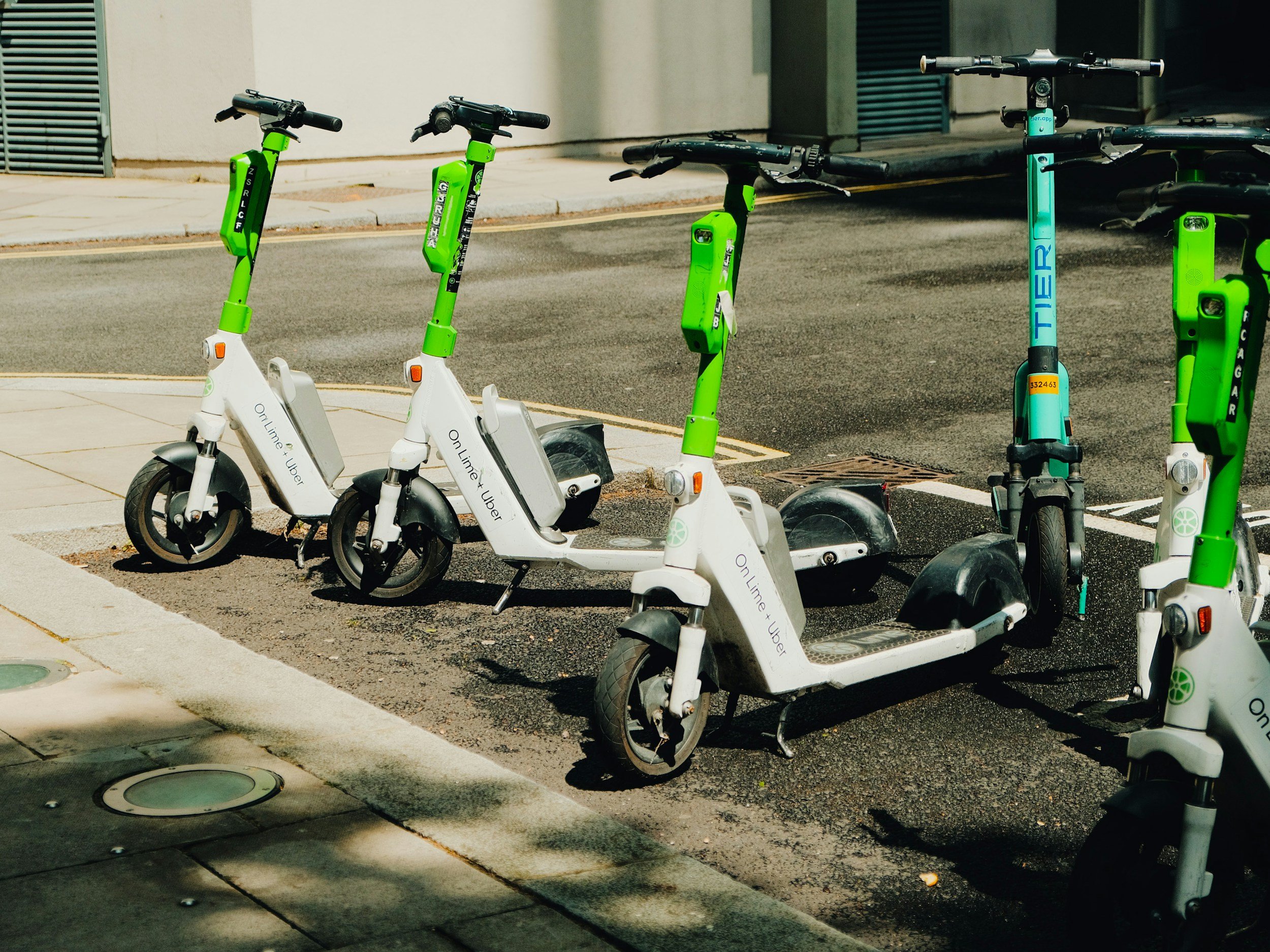Solar panels on a Lime scooter? Why not?
In the urban landscape of tomorrow, sustainability will not just be a choice—it will be a mandate. Shared scooters have already made strides in reducing car dependency and emissions, but the next frontier in their evolution could be self-sufficiency. Imagine a scooter that charges itself, harnessing the power of the sun to eliminate the reliance on manual charging stations or swappable batteries.
This vision could become reality with the integration of solar cells directly into the scooter’s design. A thin, durable solar panel embedded into the standing platform would soak up sunlight during idle moments, whether parked or zipping through city streets. Alternatively, solar panels could line the scooter’s neck or handlebars, optimized to catch light at various angles throughout the day. These components could integrate seamlessly with the scooter's electronics, storing power in onboard batteries.
The potential benefits are immense. Charging logistics—a significant operational cost for scooter-share companies—would become a secondary concern. Scooters could remain in circulation longer, reducing downtime and providing riders with a more reliable service. Moreover, this approach aligns with broader goals of urban sustainability, cutting down the carbon footprint of shared mobility systems.
Of course, there are challenges to consider. Solar panels must be durable enough to withstand heavy use and weather conditions, and energy output must meet the demands of scooter operation. However, advances in solar technology and energy efficiency suggest these hurdles are not insurmountable.
Solar-integrated scooters would be a leap forward in urban mobility—clean, efficient, and beautifully self-sustaining. It’s time to let the sun power the future of shared transportation.



